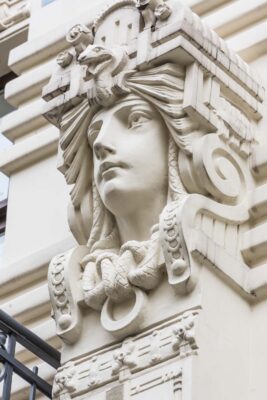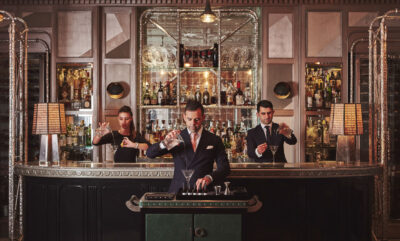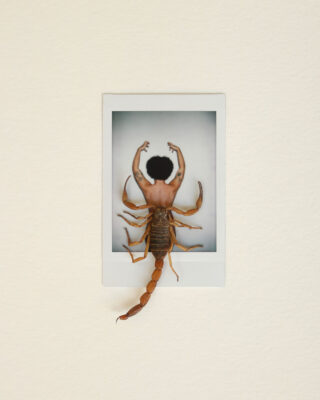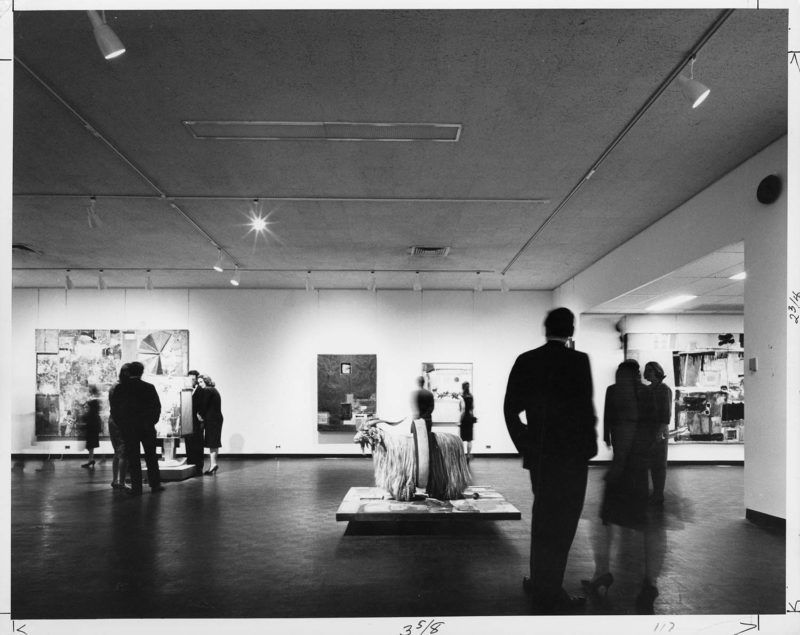
The Arts
Revisiting the Sixties
The Jewish Museum’s superb New York: 1962 - 1964 explores the city’s art scene at a time of potent social upheaval.
Those who adhere to architect Morris Lapidus’ philosophy that too much is never enough will be delighted by the diffuse, delicious sprawl of the Jewish Museum’s current show, New York: 1962 – 1964. Covering three momentous years, it’s full of life, and crammed with ideas, contradictions, and excitement—just like New York City itself.
Those three pivotal years dovetail with Alan Solomon’s short but transformative tenure as the Jewish Museum’s director. Solomon, an early champion of Robert Rauschenberg and Jasper Johns, became such an arbiter that he was invited to submit a slate of American artists to the 1964 Venice Biennale. When one of Solomon’s picks, Rauschenberg, won the exhibition’s prestigious International Grand Prize, New York City’s place in the art-world firmament was assured.
All eight of Solomon’s Biennale picks were white men. A photo of art bigwigs at the 1963 opening of Rauschenberg’s retrospective at the Jewish Museum—displayed, blown up, on the current exhibit’s second floor—hardly has any women in it either. (Play a ‘60s art-world version of Where’s Waldo and you’ll spot Lee Bontecou, with her iconic bob, along with just three other women among the 25 men.)
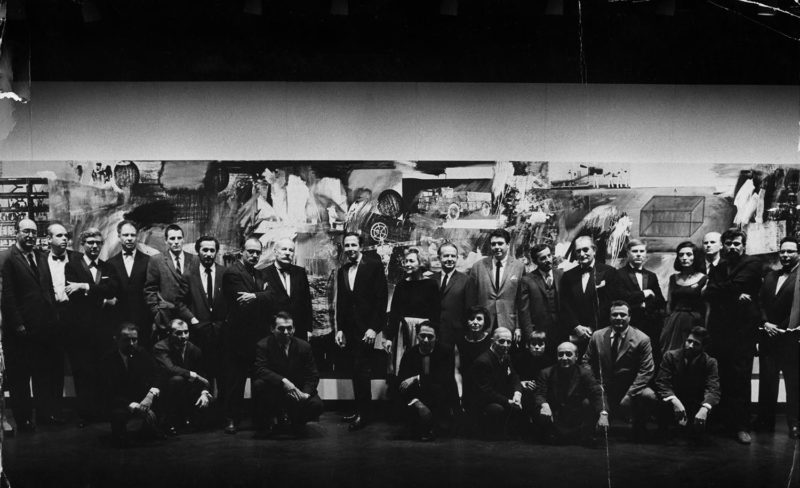
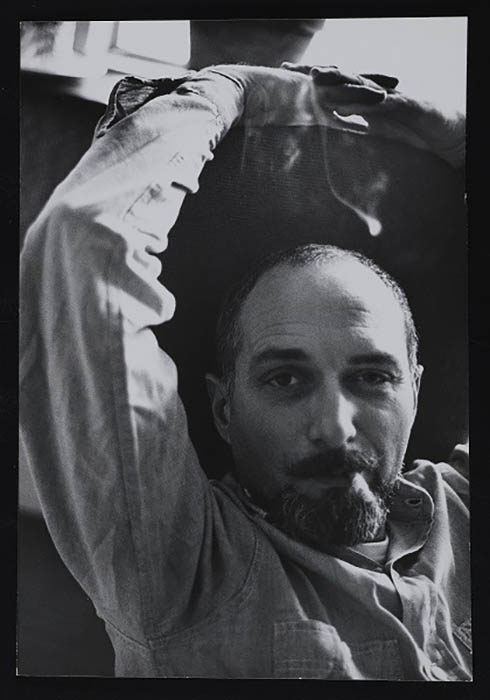
New York: 1962 – 1964 rights that history. Some of the most-thrilling pieces are by women, with standouts like Nancy Grossman’s unnerving collage of leather, metal rivets, and canvas, slashed by gaping gashes and puckered holes; Marjorie Strider’s sexy-funny-scary-pop-arty painting of a beautiful cartoony woman with thick, spiky lashes that stick straight out from the canvas (and a very red radish protruding from her perfect white teeth); Marisol’s sly “self-portrait,” an assemblage of faux-naïve carved wooden forms reminiscent of folk art and pre-Columbian sculpture crossed with giant Playmobil figurines; and an elongated, macrame-like, braided linen work by Lenore Tawney.
Coincidentally, Tawney, one of the lesser-known women artists on display, lived in a then-desolate area by the East River called Coenties Slip (now in Financial District) that was full of big, decrepit loft spaces with cheap rents. In the 1960s, it harbored an artistic community that included Robert Indiana, James Rosenquist, Ellsworth Kelly, and Agnes Martin, all of whom are also represented in the show.
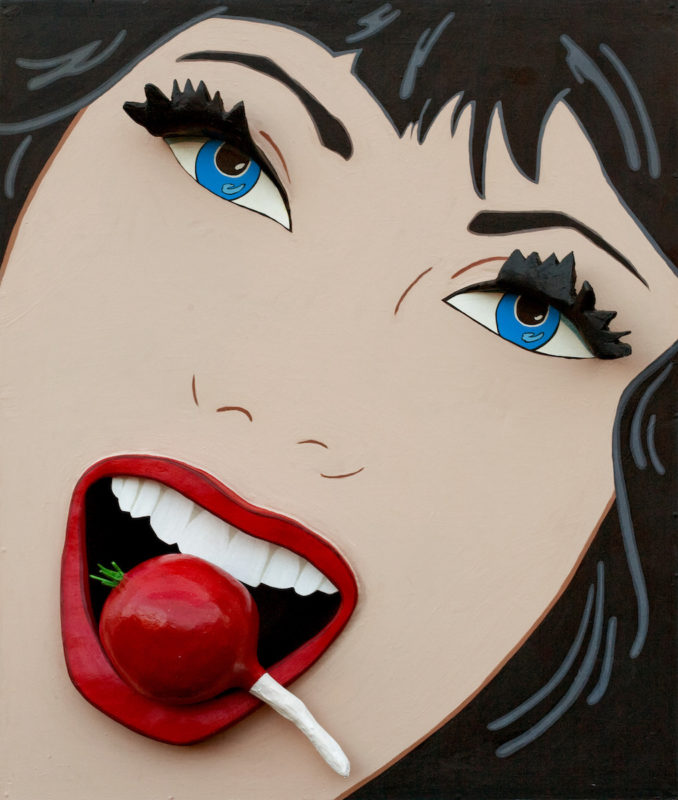
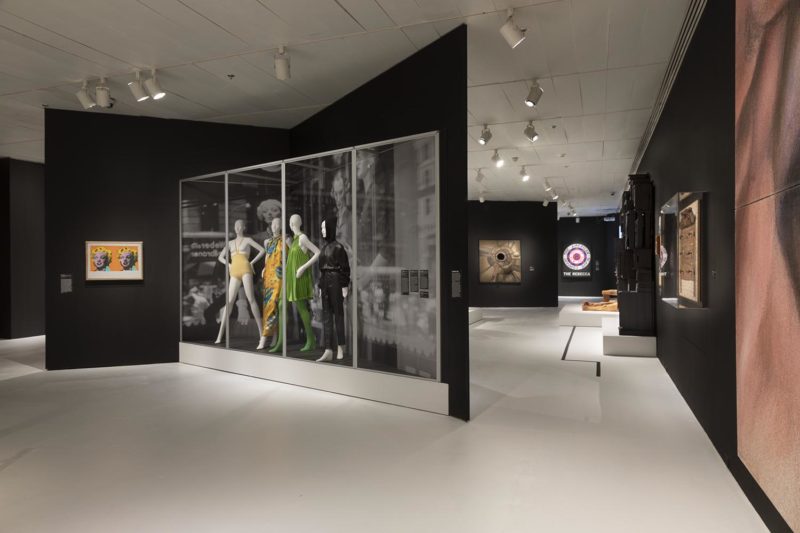
Curated largely by Italian curator and historian Germano Celant—with assistance from Jewish Museum staff after he died of Covid in 2020—New York: 1962 – 1964 is as engaged with the world the artists inhabited as with their resulting works.
The three-year period pulsed with historic change: The March on Washington, the assassination of JFK, the rise of TV and American fashion and mass consumerism, and the expanding role of the gay and American Jewish community in culture-making.
“The show is about what was going on in NYC at the time, with its influence on the art,” explains museum director Claudia Gould. “Think of the huge seismic events that affected the urban environment.”
A particularly moving section addresses the impact of the Civil Rights movement by looking at the work of two Black collectives: The Spiral Group, founded by a group of painters, and the Kamoinge Workshop, dedicated to photography. As you move about the room, you hear snippets of Martin Luther King’s “I Have a Dream” speech and see footage of James Baldwin and John Lewis speaking about their hopes for the future. “That Martin Luther King speech is still so powerful,” says Gould. “We haven’t come that far…but at least we’re talking about how to make it better.”
Other sections look at fashion (there’s Rudi Gernreich’s topless monokini and a black leather and wool jumpsuit by Bonnie Cashin with a large square hood that would look current on any runway today) and the increasing prominence of TV.
The number of TVs in American homes grew from nine to 90 percent between 1950 and the early ‘60s, and the influence of the flood of mass media into the era’s culture and art can’t be overstated. The show even places an Eames recliner and a Saarinen tulip side-table next to a mid-century Magnavox set blaring a loop of ‘60s programming, from a Slinky commercial to Jackie Kennedy’s White House tour to George Wallace denouncing school integration to the Beatles frolicking in Central Park to clips from Gilligan’s Island to snippets of Malcolm X and Bayard Rustin engaged in debate.
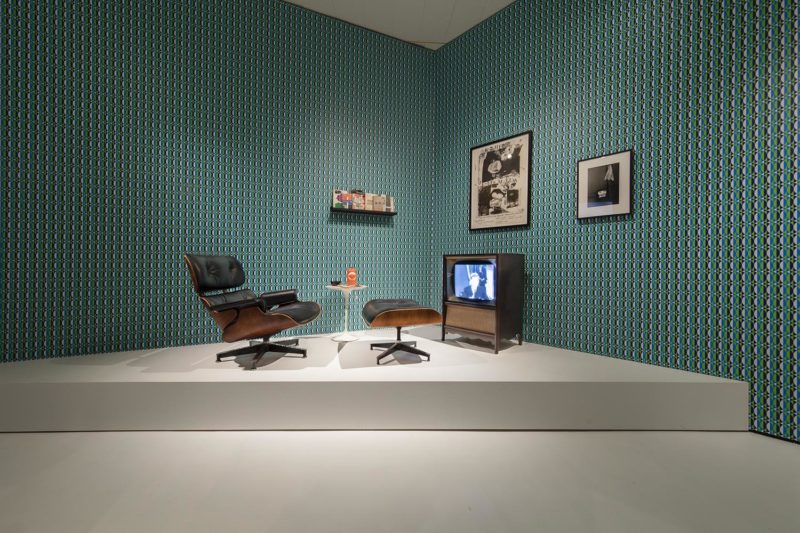
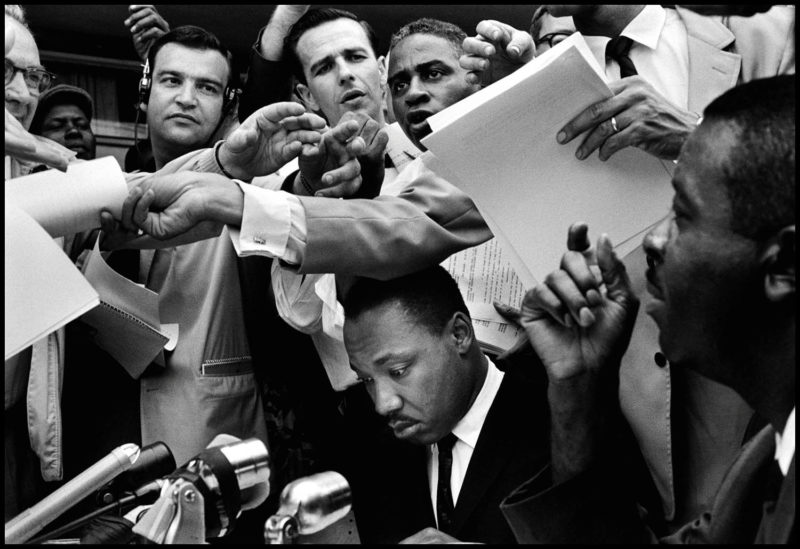
Mounting a show like this was not without its challenges. “It was supposed to open a year ago!” says Gould. “We were just about to send out the loan forms when Covid happened. Then Germano passed away. It was vital to him that the show explore vernacular spaces as well as art spaces. He was pushing for…the TV blaring from the den. All that ambient noise.”
The museum also had no idea if they could even get all the masterworks. “For every piece, we had to have two or three others in the pocket,” Gould explains. “People would say to us, ‘Oh, I have a great piece…!’ but it was done in the ‘80s, and we only wanted work done or shown in 1962-1964. It was like, ‘That’s not it.”
The show feels full to bursting. And the sweat doesn’t show.
New York: 1962 – 1964 runs at the Jewish Museum until January 8, 2023. Entry is free on Saturdays. Get a timed ticket here.
>> Next: Photographer William Klein’s NYC Homecoming at the ICP.
Hero: The opening of Robert Rauschenberg at the Jewish Museum, NY, ca. March 31, 1963. Artworks © 2022 Robert Rauschenberg Foundation / Licensed by VAGA at Artists Rights Society (ARS), NY
